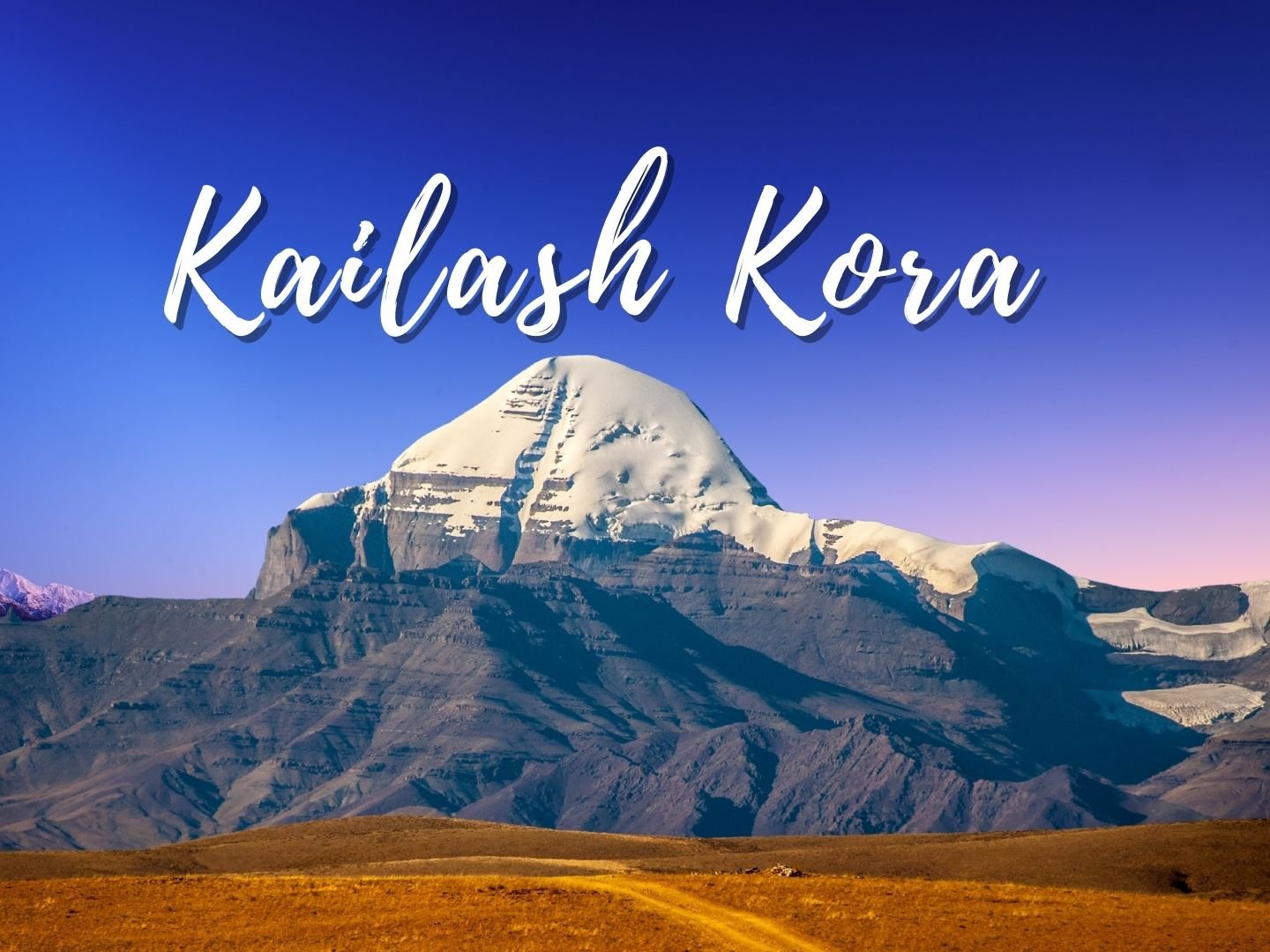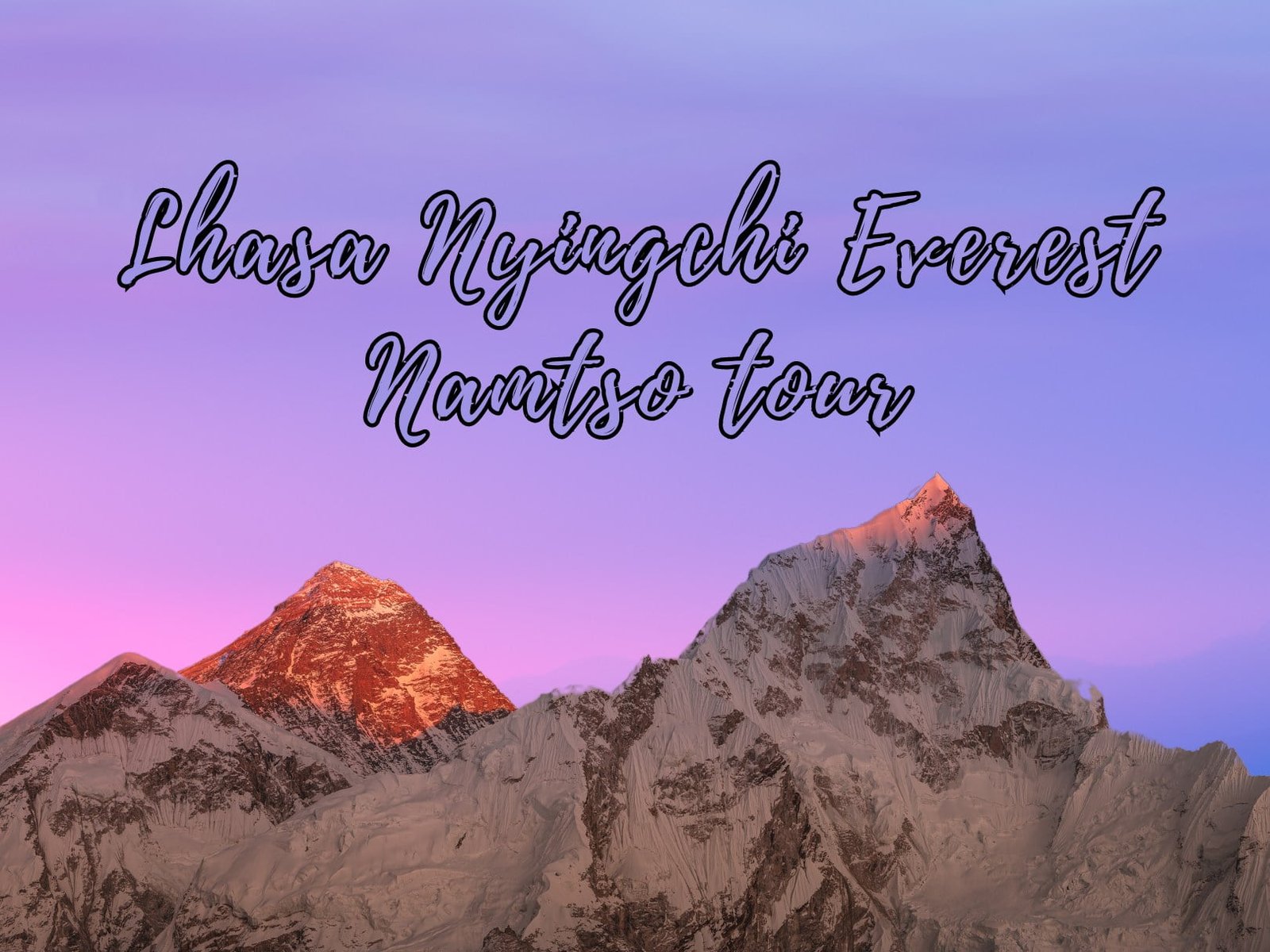The Tibetan word “Qiangtang terrane” translates to “northern grassland” and spans an area of 600,000 square kilometres. It serves as the primary natural pasture in Tibet and is inhabited by the renowned wild yak. The region is bordered by the Kunlun Mountains to the north and the meandering Gangdise and Nyainqentanglha Mountains to the south.
Qiangtang is the heart of the Qinghai-Tibet Plateau, situated at an average altitude exceeding 4,500 meters. The average temperature hovers around minus five or six degrees Celsius, with the coldest periods reaching minus thirty or forty degrees. Here, bustling towns and dense cottages are absent, replaced solely by tents, livestock, expansive grasslands, and tranquil fields. Qiangtang is renowned for its exceptional scenery, housing a diverse variety of wildlife, including approximately 1,000 species, with 40 species under state and autonomous region protection. The area boasts vast prairies, glaciers, mountains, lakes, hot springs, and geothermal activity.
Introduction about Qiangtang Terrane
Northern Tibet is one of the country’s largest pastoral areas, encompassing 1.24 billion acres of grassland. It consists of branches in Naqu, Ngari, northwest of Shigatse, and northern Qamdo. The main pure animal husbandry area in Tibet is the “Qiangtang” prairie in the north. Tibet has a rich history of animal husbandry production. The yak, known as the “boat of the plateau,” has its origins on the snow-covered plateau. Originally a type of bison, the yak has been domesticated by Tibetan ancestors for thousands of years. It has become a domestic animal that provides milk, meat, hair, and draft. During the Han and Wei Dynasties, it was extensively imported into the Central Plains.
Tibetan ancestors have successfully bred Pyaks by crossing yaks and cattle. These Pyaks possess a gentle temperament, high milk production, delicious meat, and soft, long hair. They are utilized for both ploughing and transportation. The introduction of Pian cattle played a significant role in the advancement of agriculture and became a valuable commodity traded with the Central Plains during the Zhou and Qin dynasties.
Tibetan sheep, on the other hand, were domesticated by Tibetan ancestors after a lengthy process of taming ancient wild argali. The earliest oracle bone inscriptions depict the head of a Tibetan sheep with distinct features such as pan-cornered horns and large eyes. This indicates that sheep raised during that time in the Central Plains were bred by Tibetan ancestors rather than being the later introduction of “salty sheep” (small, hornless sheep) from the north.
The Tibetan dog, originally a ferocious creature resembling a wolf on the Tibetan plateau, underwent domestication over an extended period of time and eventually became the Tibetan dog. Tibetan dogs existed on the Tibetan plateau around 4,000 years ago, predating the successful breeding of wolf dogs in the Central Plains.
Qiangtang Grassland is culturally rich and a haven for wildlife and plants. Yaks, sheep, and nomadic camps dot the expansive grassland, where one can appreciate the vibrant and enduring nomadic culture.
Lifes on Qiaangtang Terrane
The Qiangtang grassland is sparsely populated, allowing herdsmen ample opportunities to choose grazing areas. Herdsmen in Tibetan regions are accustomed to relocating their cattle and sheep from lower to higher elevations. Typically, during June and July in the Tibetan calendar, when the ice and snow melt and the climate warms, there is an abundance of water and grass. Nomads migrate to the highest pastures during this time, and production reaches its peak. In late October of the Tibetan calendar, herdsmen return to the valley for the winter, where they sew winter clothing, repair pastoral tools, and engage in nearby markets to trade agricultural and animal husbandry products.
Nourished by the Black River, the upper Nujiang River, Qiangtang Grassland is a haven for wildlife and plants. Yaks and sheep freely roam the vast grassland. The grass known as “Naza” is a short grass with the highest protein content among all grasses, resulting in healthier and sturdier flocks and herds compared to other areas.
Historical and transportation significance of Qiangtang Terrane
Qiangtang is the birthplace of animal husbandry in Tibet and a significant transportation route in the north. “Naqu Shihua” indicates its importance as a traffic route since the Tang Dynasty. According to the “New Book of Tang,” there were 23 post stations from Xining to Tibet Lhasa during that time. Despite slight changes in the Qing Dynasty, the route remained essentially the same as in the Tang Dynasty. Nagqu was always a necessary stop, with its location in the Nagqu area of Qiangtang being particularly vital. It has consistently been a strategic location for military purposes.
During the Qing Dynasty, the Nagqu area faced significant consequences in multiple important events. In the early Qing Dynasty, Gushi Khan was urged by the Gelug Sect monastery to eliminate Quetu Khan in Qinghai. Afterwards, Gushi Khan proceeded to enter Tibet through Nagqu, thereby establishing stability in the rule of the fifth Dalai Lama. As a result, Nagqu became a pivotal military hub for safeguarding Lhasa. Consequently, the incident led to the presence of numerous Mongolian descendants in Damshung and Nakchu.
In the early 18th century, Tsewang Rabtan instigated riots in the Dzungar tribe. Emperor Kangxi of the Qing Dynasty responded by dispatching Minister Elente to Tibet in 1718 to quell the unrest. Despite putting up a fierce fight against the Dzungar army in Nagqu, the Qing army was unsuccessful. Following this, Pholanai and Lazang Khan also established an army in Dangxiong, Nakchu, to combat the Dzungar forces. The battle endured for several days, with the conflict in Nachuka and Damshung being particularly intense.
After nine years, Longba Nai and three other Galon rebels emerged, assassinating the Qing Dynasty’s chief Galon Kang Jinai. At this juncture, Pholanai led soldiers from Ali and Tsang to Nagqu, defeating the Longbanai rebels in the Chuanqu battle. They then proceeded to march directly towards Lhasa, effectively stabilizing the political situation in Tibet.
Cultural significance of Qiangtang Terrane
Apart from its natural beauty, Qiangtang Grassland boasts a rich cultural heritage. The ancient Tang-Tibet Route traversed through the grassland from south to north, leaving behind a legacy of vibrant nomadic culture. This culture is characterized by ancient rock paintings, the Ruins of the Zhangzhung Kingdom, the epic tale of King Gesar, prayer flags and ancient towers. These elements contribute to the enigmatic allure of Qiangtang Grassland.
Nomadic camps can be found throughout the grassland, showcasing traditional yak hair camps and modern camps of various shapes and sizes adorned with colourful stripes in red, blue, yellow, green, and white. Atop many of these camps, multi-coloured flags sway in the breeze.
Let’s focus on the yak, known as the “ship of the plateau,” in the Qiangtang Grassland. Yaks are primarily found in alpine regions above 4,000 meters. Their semi-wild grazing lifestyle, reliance on water and grass, natural growth process, and consumption of valuable Chinese herbal medicines like Cordyceps and Fritillaria result in yak meat that is rich in protein and amino acids, iron, carotene, calcium, phosphorus, and other essential trace elements. These attributes greatly enhance the body’s disease resistance, cell vitality, and organ function. Yak meat can therefore be considered superior to other types of beef.
The festival attire worn by herders, particularly girls and middle-aged women, is highly appealing. During festivals, they adorn themselves in exquisite and costly Tibetan gowns, complemented by numerous tinkling trinkets. This creates a truly captivating sight.


